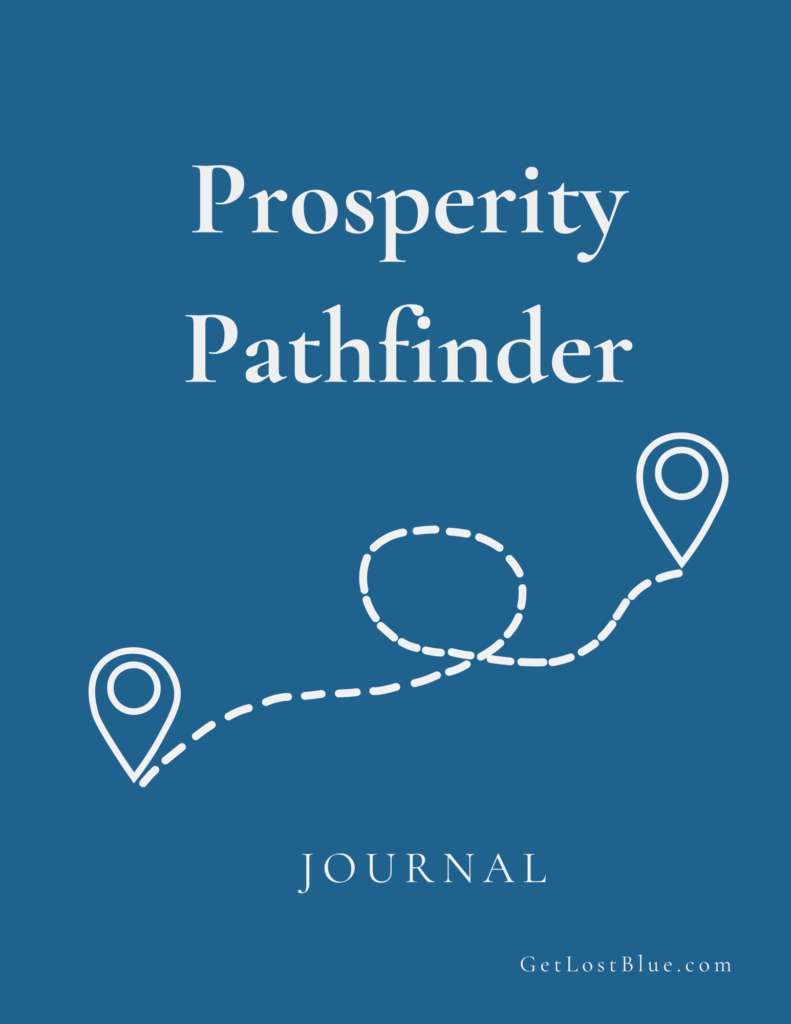
You will never have no problems. But, you can have better problems!
For instance, would you rather deal with affording your mortgage payment – or choosing which South American country to visit?
So, how do you get better problems? You solve the problem in front of you, again and again and again. Honing and expanding your problem solving skills with practice and discipline, like a martial artist.
Let’s talk about adopting a problem-solving strategy and how one day, you might just have great problems to solve!
Where to Start
First, you have to convince your self there is hope! Adopt an optimistic mindset that things can be better.
A good way to do that is to look at evidence. Think of a time when something has worked out for you, or a time when you did take a chance and solved a problem.
Of course, prepare yourself for ups and downs. Know that you won’t be 100% successful, but you will solve some problems!
So, believe that its worth it to try.
Embrace Problems

Now, you’re ready to start embracing problems! Easier said than done, I know.
Its natural to avoid problems. I have struggled with procrastination…if not just straight lived in denial, from time to time.
A decade or so ago, I was a struggling divorcée, trying to figure out how to pay my mortgage. Everything was overwhelming! I decided I needed to get a second job. But in order to do that, first, I had to teach my dogs to use the doggie door. So, that’s where I started!
Fast forward many problems later – and today, I’m on a prolonged sabbatical, trying to decide which South American country to start my planned 6 month journey around the continent.
I got here, one problem at a time! Here’s my advice for how to start embracing problems.
Start with a small problem that you can approach like an experiment. Something that you are okay with trying and failing at a few times.
Then, approach it from the 3rd person perspective. That is, like it isn’t your problem, but someone else’s.
Free yourself to be curious and playful with all the different ways someone, not necessarily you, might go about solving the problem.
Depersonalizing a problem can help overcome procrastination. When you view the problem as someone else’s, you can approach it more objectively and it makes it easier to take action.
Next, rinse and repeat!
Once you get a taste for problem solving and put in some reps, your confidence and willingness to embrace problems will grow.
Learn Different Problem Solving Techniques
There are many ways to solve problems, and different problems call for different approaches. Being able to have different tools in your tool belt will help you feel ready to take on whatever problem might arise.
Some Popular Problem-Solving Techniques
- 5 Whys: A method of asking “why” multiple times to drill down to the root cause of a problem.
- Brainstorming: Exercises to generate a wide range of possible solutions.
- Design Thinking: A creative, iterative approach to problem-solving that focuses on understanding underlying needs, prototyping and testing solutions.
- Gamification: Turn the problem-solving process into a game to make it more fun and engaging.
- Pareto Analysis: Use the 80/20 rule to focus on the most impactful solutions.
- Six Thinking Hats: Method for looking at the problem from multiple perspectives.
- Atomic Habit Building – Small, incremental changes to habits through identity alignment, habit stacking, and environment design to achieve significant, long-term improvements
Here’s some examples of how I use, or have used some of these methods.
I am fond of using a “gamification” approach, and try to make everything interactive and fun whenever I can. For example, I need to cut back on grocery spending right now. (Don’t we all?)
So, I’m thinking I can “gamify” a solution by challenging some friend to a $3 meal competition. We would take turns cooking each other the best meal we can for under $3 per serving – winner gets a bottle of 3 buck Chuck!
Now, I just have to recruit the people. I think we’re all going to be winners.
However, when I was unhappy with my life, and wanting a major overhual, I need a more robust and rigorous problem solving method. I chose to use the design thinking structure, with many other techniques mixed into the process.
Using some “why” questions, I defined the problem – I hated my job, wanted to spend more time traveling the world, but could not afford to quit.
Then I brainstormed to think of potential solutions, and there were many! Find a sugar daddy, burgle, win a game show. I could get another job, that accommodated more travel, and I might not hate so much – boring!
After much consideration and soul searching, I decided to try and design a lifestyle that would allow me to escape the cubicle for good.
Using the Pareto analysis, I determined that high housing costs were a big barrier to living the lifestyle I wanted. So, I looked for, and interrogated solutions for cutting that expense, using a Six Hat thinking style.
That ultimately evolved into a lifestyle design, where I would seek financial independence through house-hacking and geoarbitrage.
Then I “prototyped” – aka took trial runs at living the lifestyle before I made the final leap and actually quit my job. It was a very long, iterative process that took years – one problem at a time!
But really, I’ve found that the basic building block of any problem solving is our habits. For me, James Clear’s Atomic Habits method knocks it out of the park, when you’re looking to build a habit.
Problems are solved, created or avoided because of the small actions we do everyday. So, choose your habits wisely and deliberately!
Develop Problem Solving Systems
The final step to really becoming a problem solving ninja, is to systematize your problem solving. Having a structured approach to efficiently capture and resolve problems will pave the way to better problems in the future.

Develop a process to capture, prioritize, and follow up on problems – and integrate it into your daily life! Otherwise, it is easy to fall back into the procrastination zone.
My “problem process” is inspired by the “Getting Things Done” method. To implement it, I use a couple of simple, free phone apps to capture, clarify, organize, reflect on and engage problems.
I use Microsoft’s To Do app as my main workhorse. There, I have an ‘inbox’ where whenever a problem pops into my head, I dump it in there. Weekly, I get a reminder to manage my inbox at the habitual time I have set aside for the chore. From there, things get clarified and shuffled to different locations for follow-up.
Somethings get moved into my ‘actionable’ folder and some go to a ‘parking lot.’ If something looks like its going to be complex and on-going, I set up a project board in the app Trello, which is better suited for the task.
These tools might not be the best. And I’m certainly not the model of perfect problem-solving productivity. But the method I’ve created and tweaked over the years works for me. I sleep better at night knowing I have some system in place to help me approach and solve problems.
There are tons of apps and tools available to you on your phone, that you probably have with you all the time. Or go old school, and put pen to paper. Just pick a method and start, knowing it doesn’t have to be perfect.
Are You Ready to Have Better Problems?
Embracing and solving problems is a journey that requires optimism, developing a variety of techniques, and setting up a system to help you “rinse and repeat.” By following these steps, you can replace procrastination with confident action. And over time, find yourself dealing with better and better problems.
So, take that first step. Be brave, believe that there is hope for positive change! Then pick a problem to take head-on. Have fun whenever possible, learn from successes and failures.
And watch as your life gradually fills with the kind of problems you’d love to have!
What problem can you embrace today to help you have better problems tomorrow?
Live a Life You Love
Tired of feeling stuck? Let’s create your escape plan. Schedule your free session today.
Or, get my Prosperity Pathfinder Journal – FREE.
Filled with inspirational quotes, thought provoking questions, and a habit tracker – it’s a great companion on your way to a truly prosperous life.


Leave a Reply